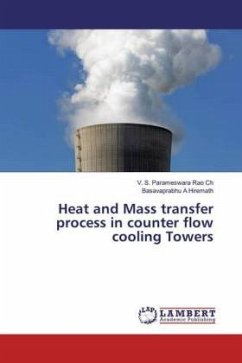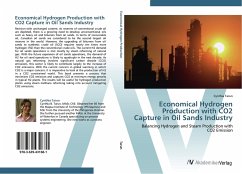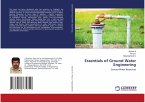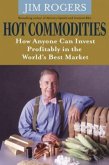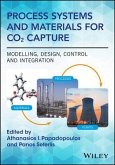An exploding urban population growth, concerns about odor and ammonia volatilization from lagoons and spray fields, and the limited capacity of the land to absorb the excess nutrients has lead to an increase in complaints and lawsuits against the swine industry in North Carolina; nevertheless, this has not stopped growth of the industry. With the trend towards larger and more concentrated production sites, odors and pollution are an issue that must be dealt with. Most swine waste disposal treatments rely on lagoons to remove contaminants from waste prior to land application. An alternative solution for solving the lagoon effluent disposal problem is the use of a greenhouse, i.e., using the major waste components of the hog operation as inputs to a greenhouse to grow a crop.
Bitte wählen Sie Ihr Anliegen aus.
Rechnungen
Retourenschein anfordern
Bestellstatus
Storno



